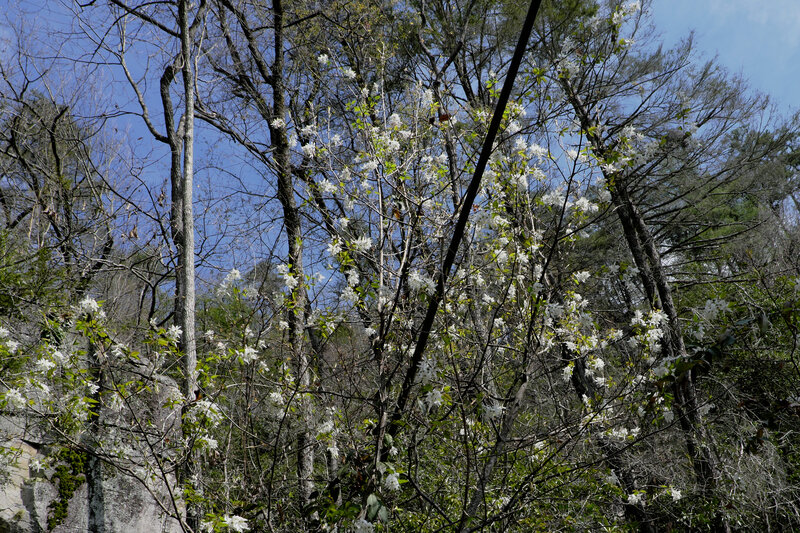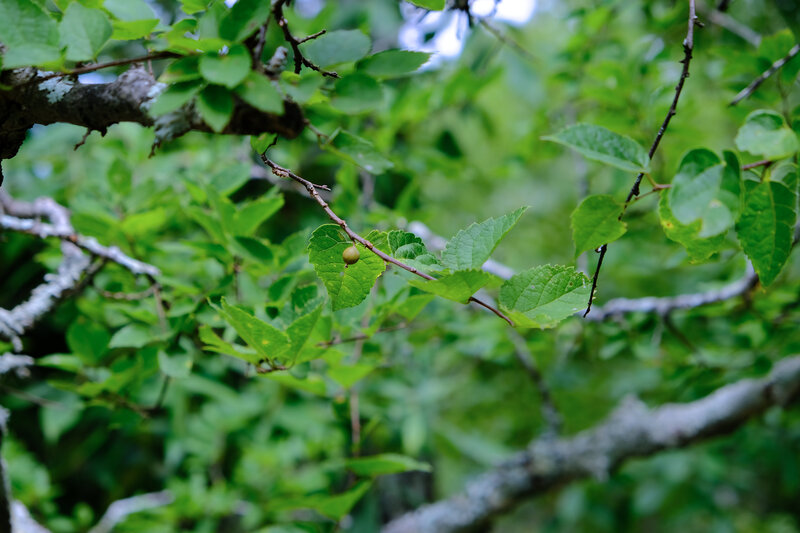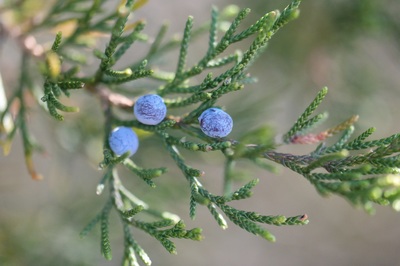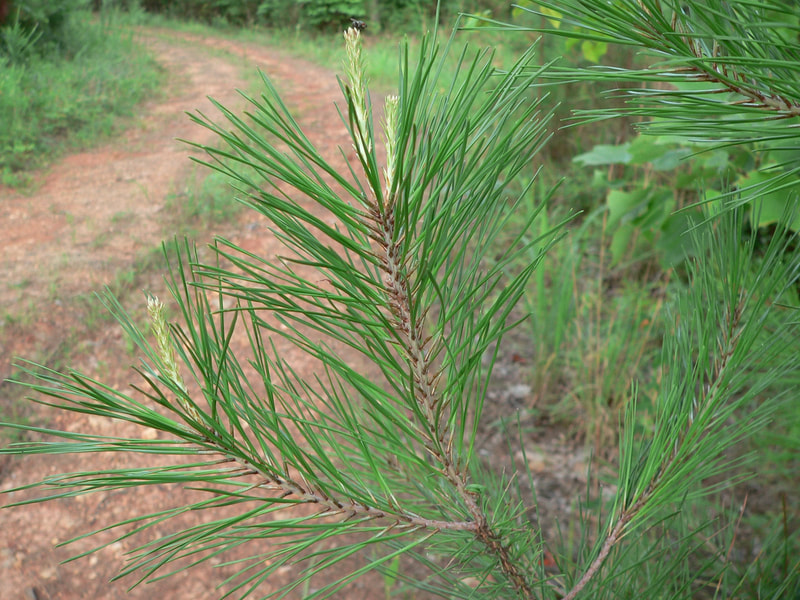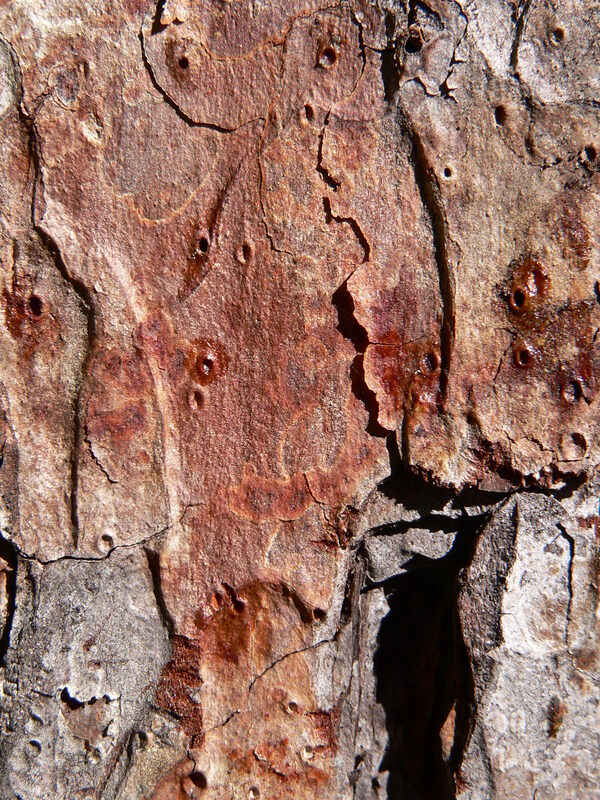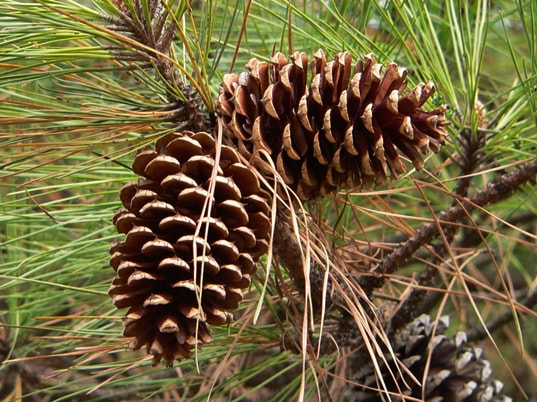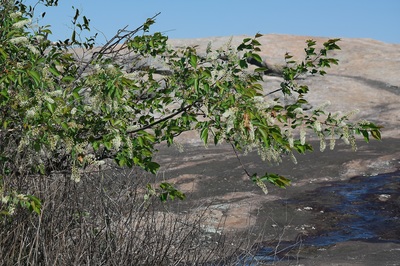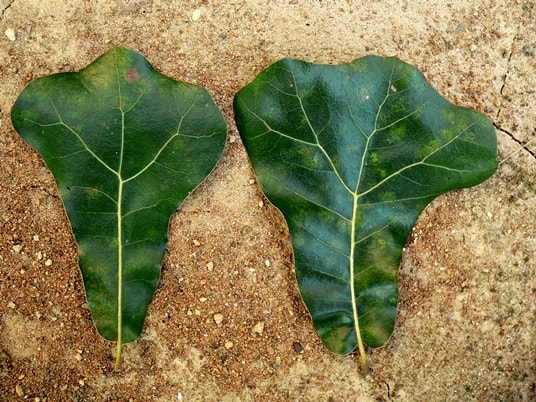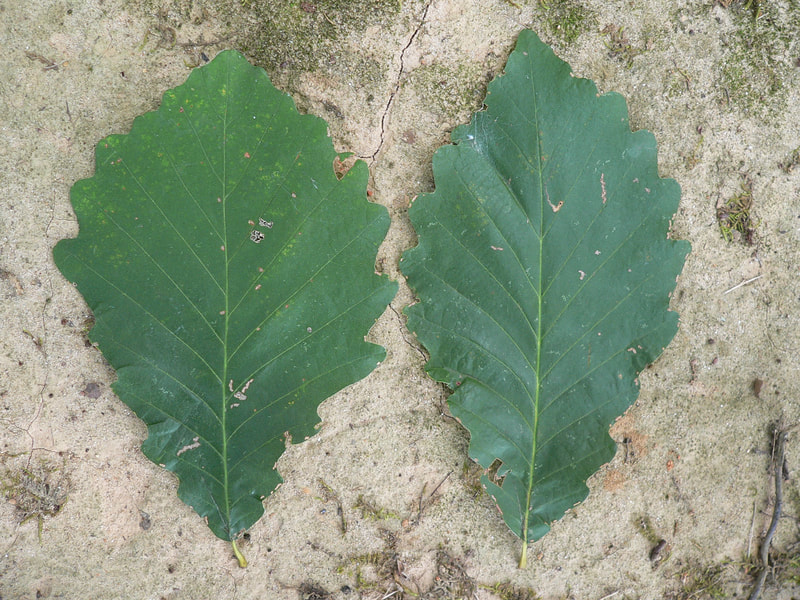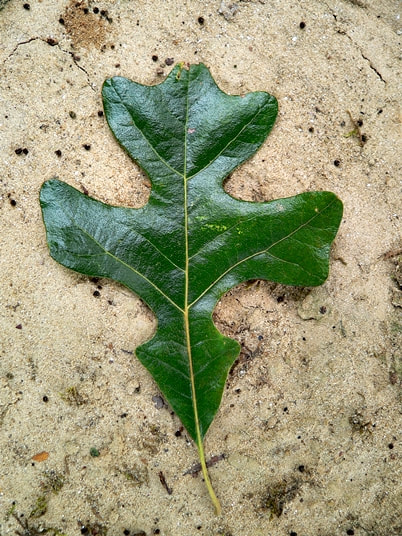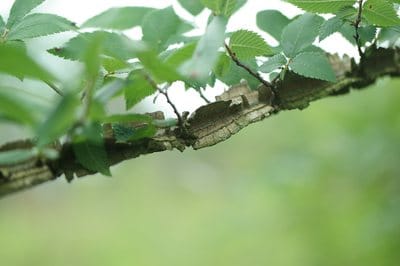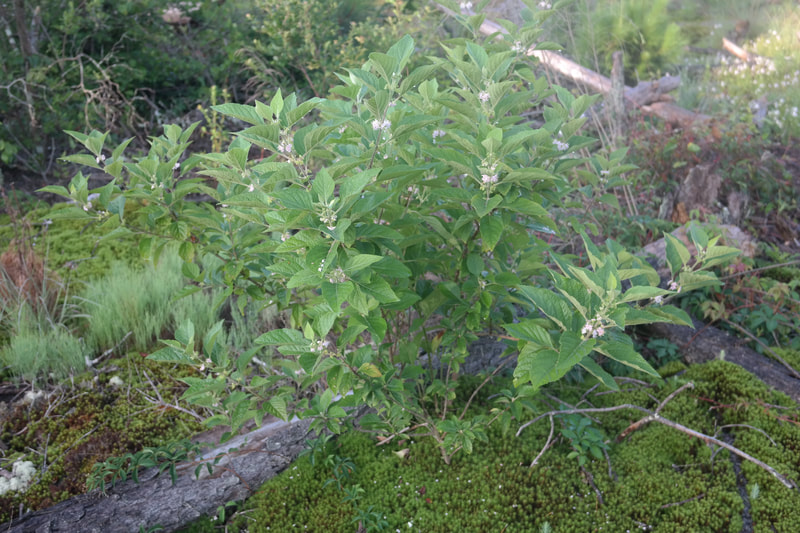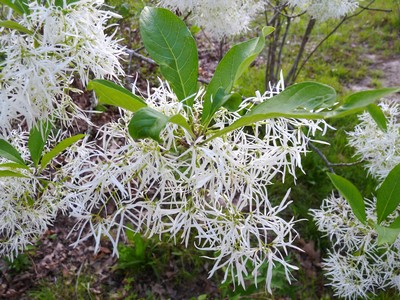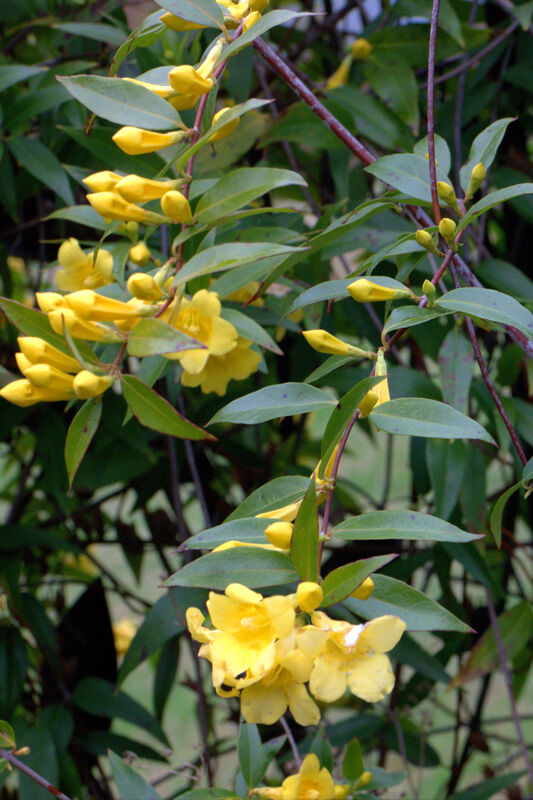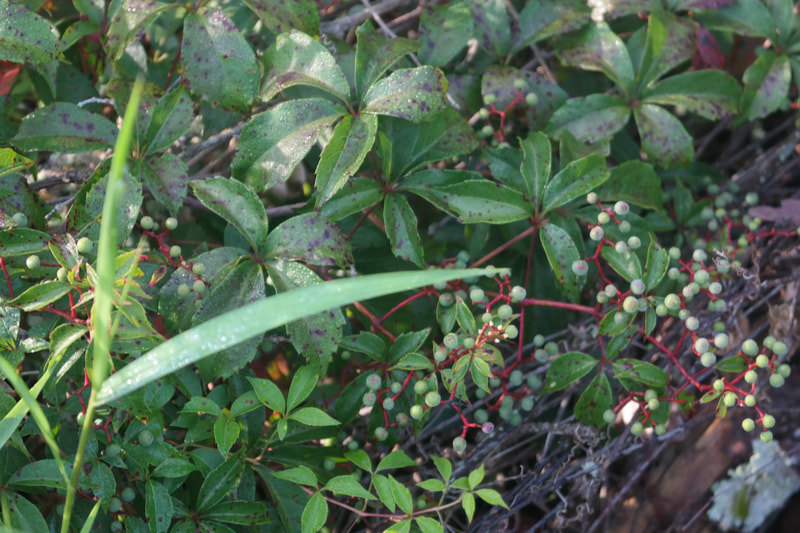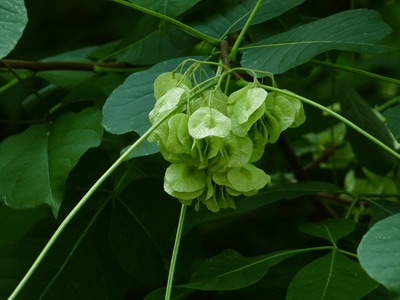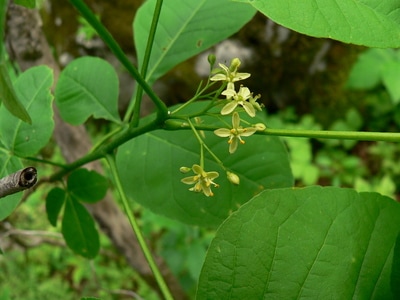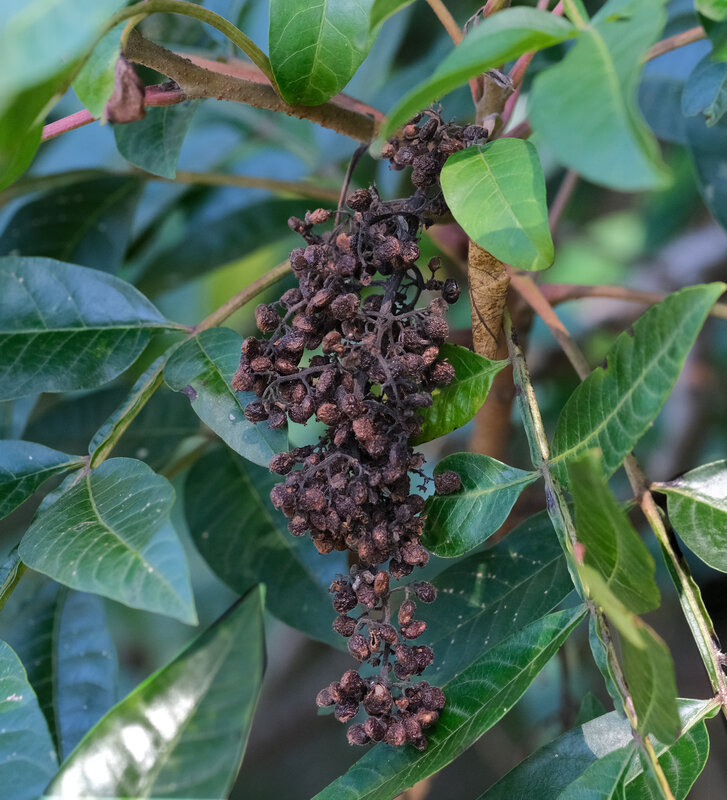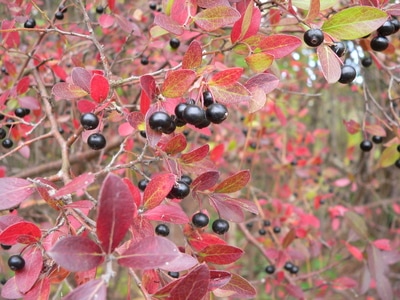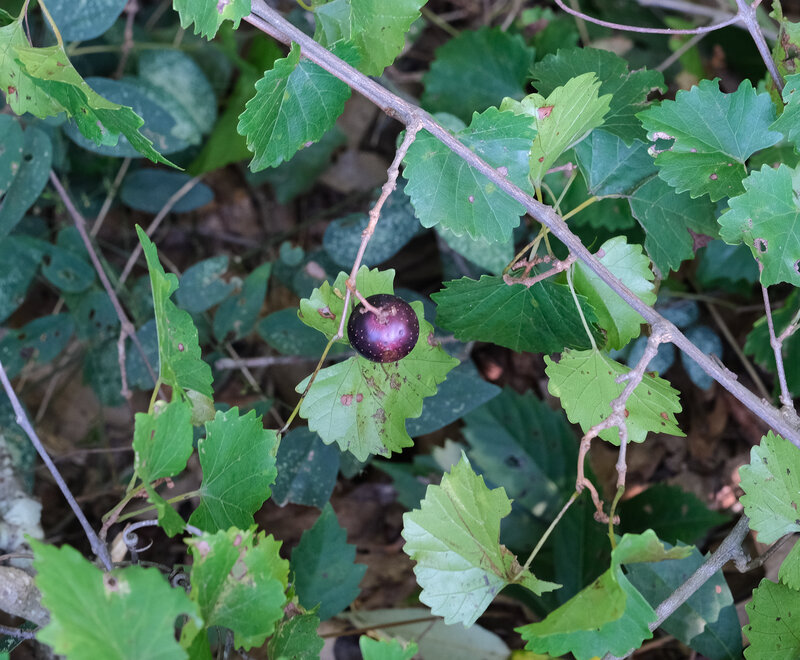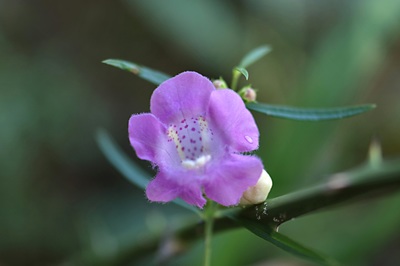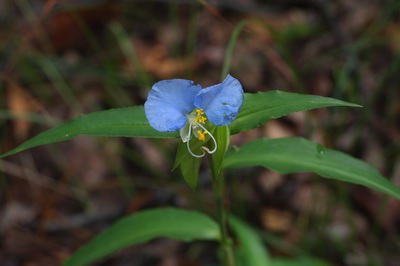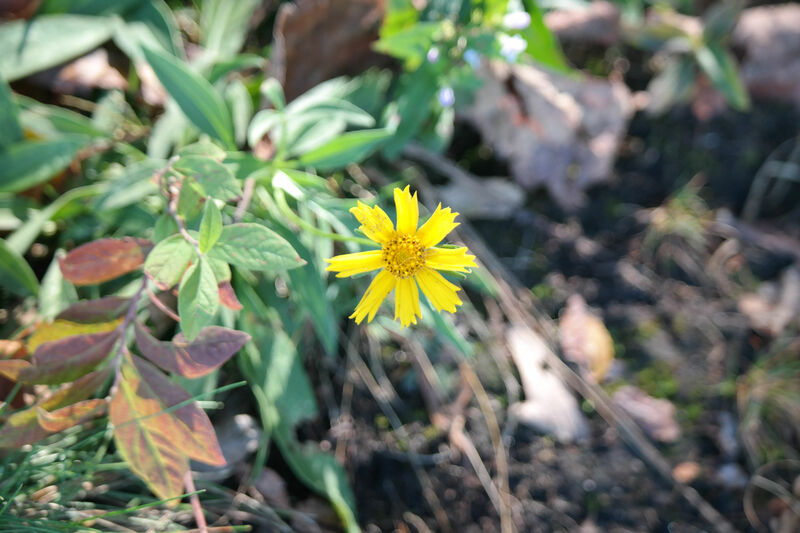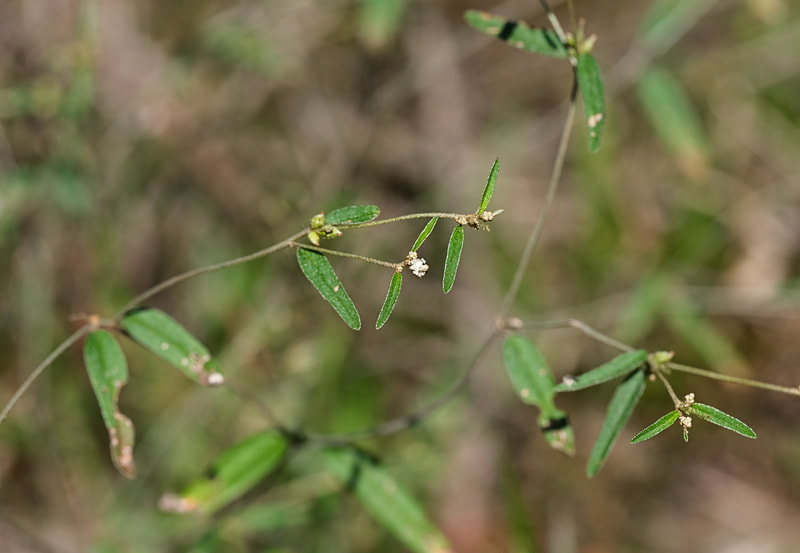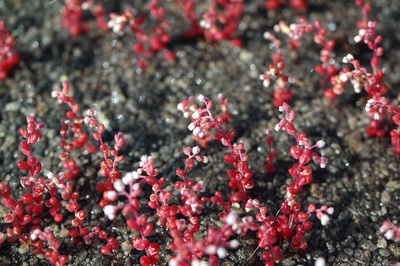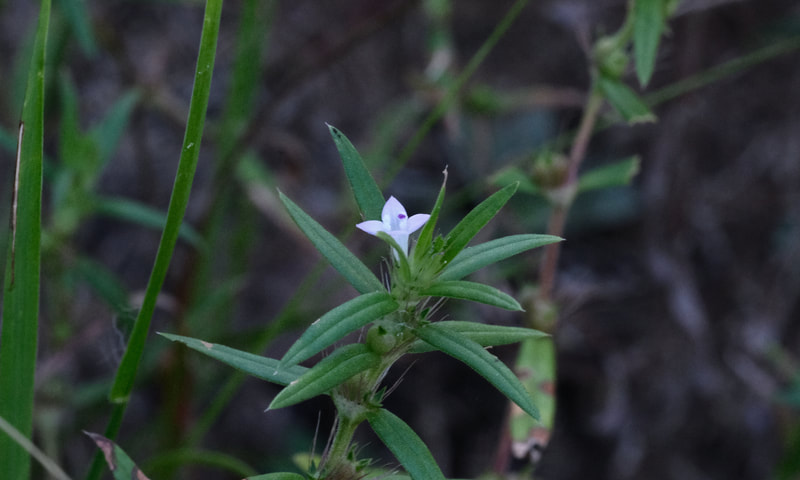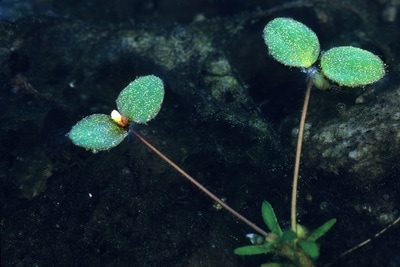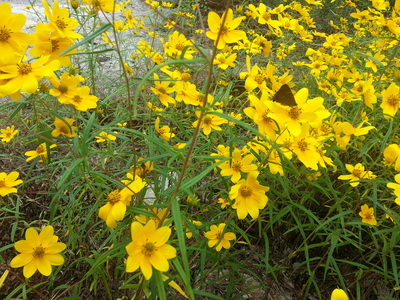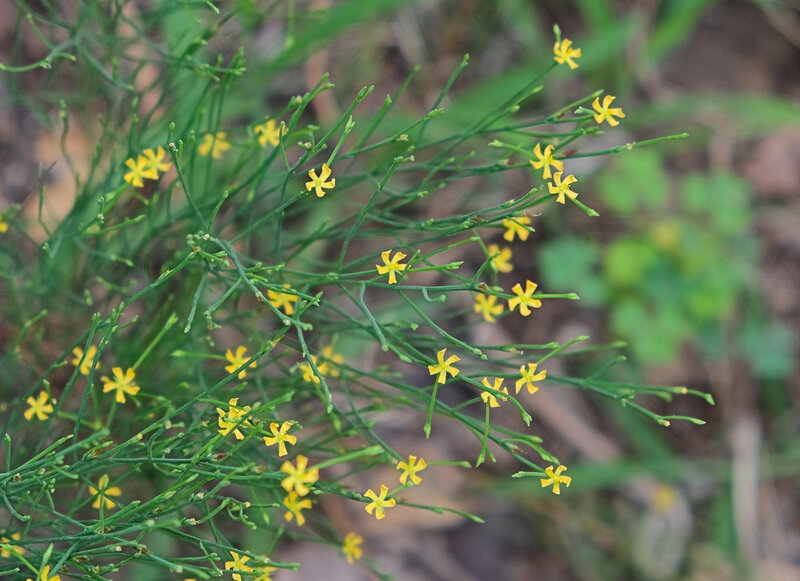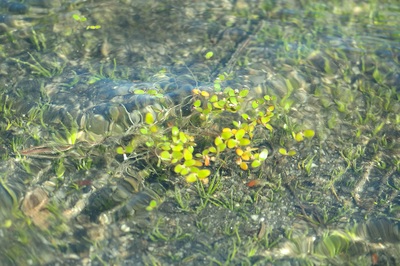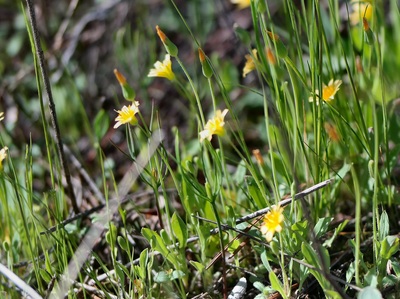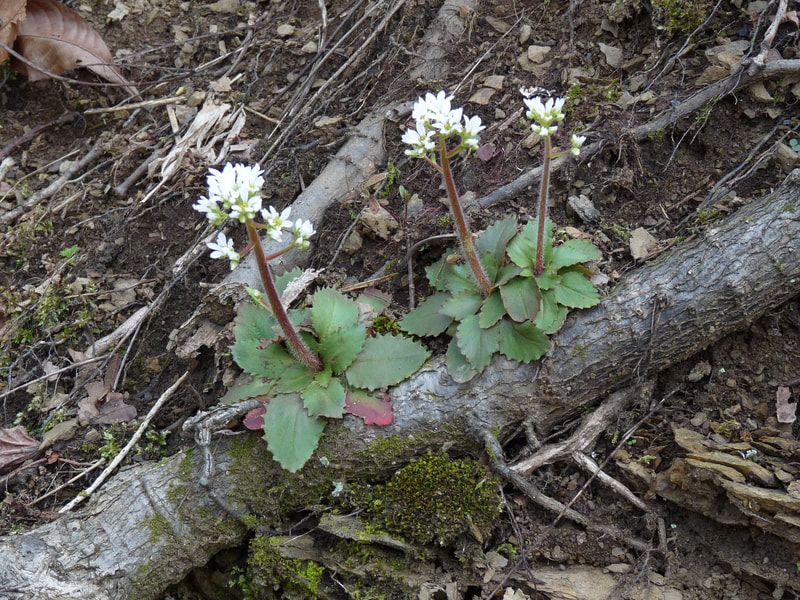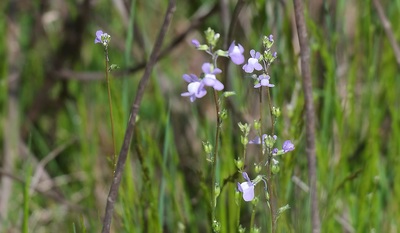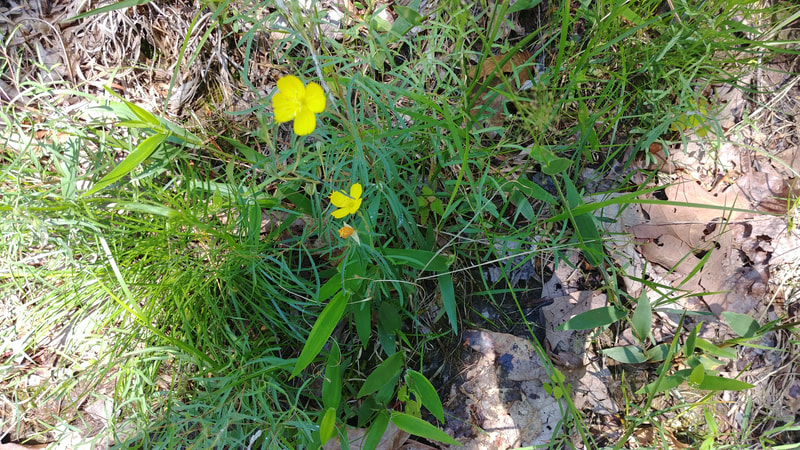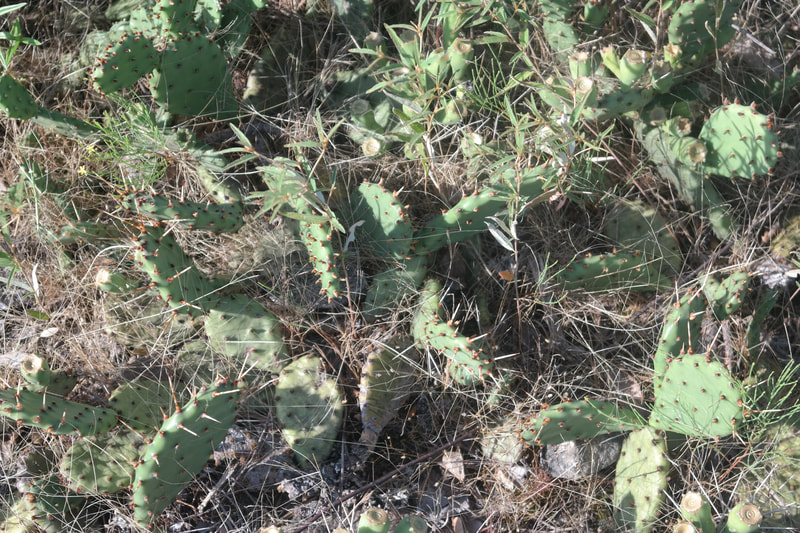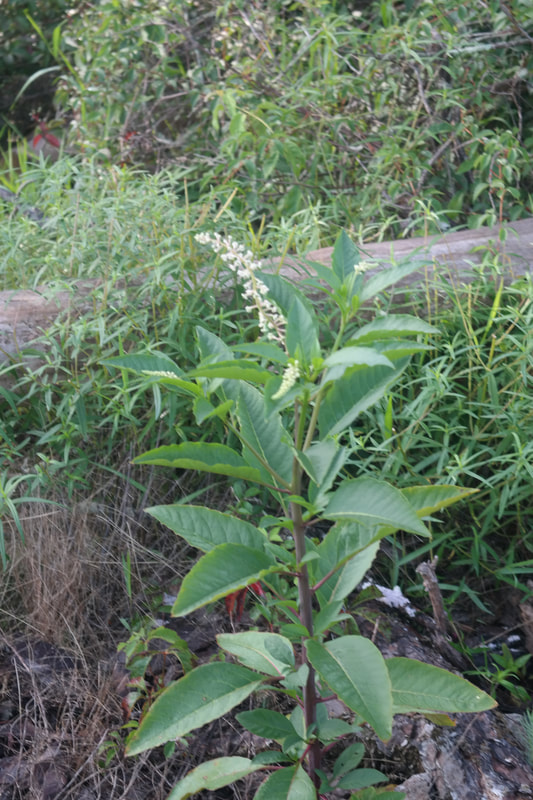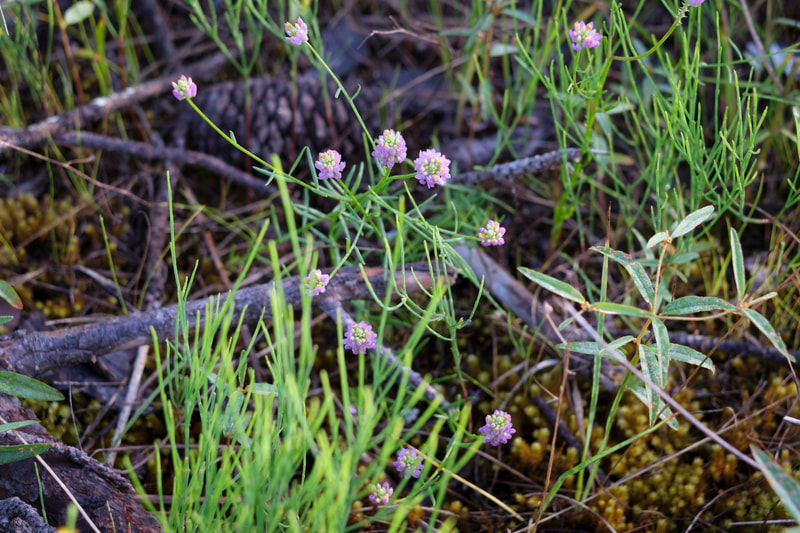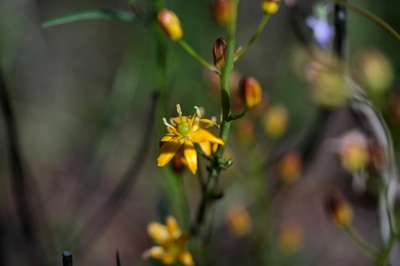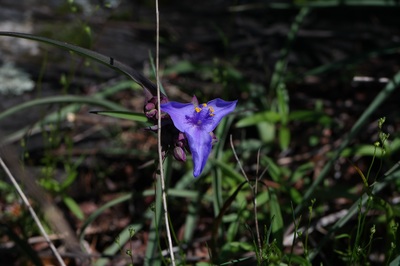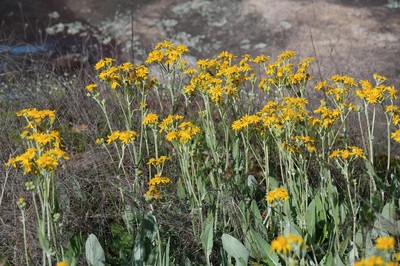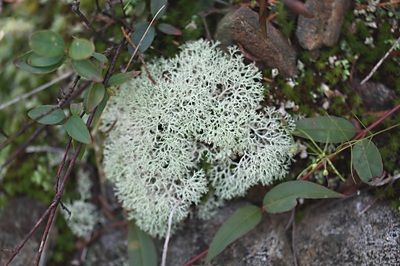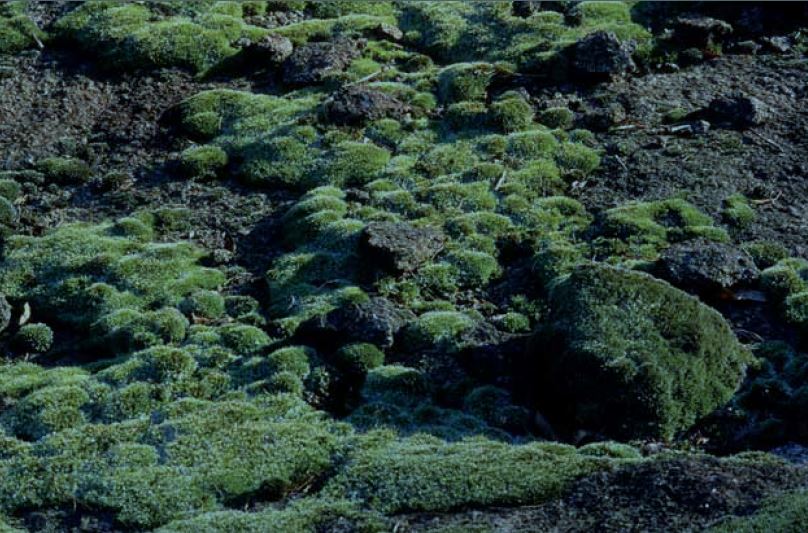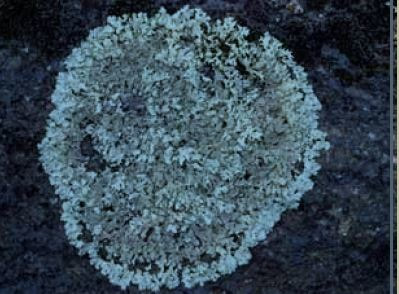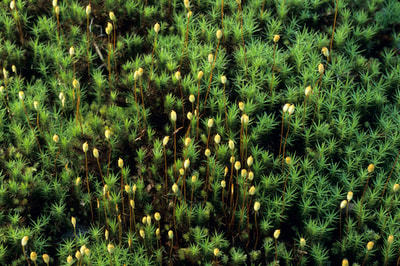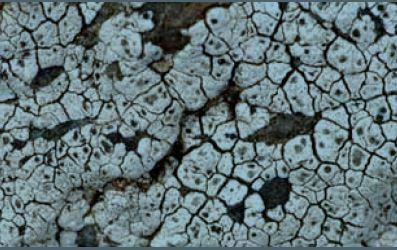Piedmont Granite Outcrops
|
Piedmont Granitic Outcrops are outcroppings of granitoid rock, including granite, granitic gneiss, and migmatite. They may be steep-sided domes or pavement-like "flatrocks." The outcrops are sometimes called "biological deserts" because of the extreme heat and dryness they experience in summer. Expanses of rock are interspersed with a mosaic of vegetation. Lichens and mosses colonize bare rock; annuals appear with the lichens and mosses in very shallow soils; and as soils get deeper, in depression known as "solution pits" or "dish gardens" perennials, shrubs, and trees can grow. (See pictures at right.) Some depressions in the rock fill with water in winter and spring (and are known as "vernal pools"). These pools are important breeding areas for frogs, rare plants, and fairy shrimp.
The outcrops vary greatly by season. In early spring, red diamorpha (elf orpine), yellow ragwort, and other wildflowers carpet many areas. In the fall, endemic Stone Mountain daisies are in flower, creating swathes of bright color that contrast with other fall wildflowers. |
Landscapes
What's special: granite outcrops are among the crown jewels of Georgia's natural communities because they are spectacularly beautiful and they host many rare and endemic species. Georgia has more of these outcrops than any other state. Related to: Similar to Glades and Barrens, which lack the well-developed dish gardens, dome shape, and temporary pools of granite outcrops. Pine-Oak woodlands typically surround the lower edges of the outcrops. Learn MORE HERE about plant adaptations to rocky places. |
|
Plants
Click on a plant name to see images and learn more about the plant. Plant lists in order by scientific name. Trees Downy serviceberry Amelanchier arborea Dwarf hackberry Celtis tenuifolia Eastern red cedar Juniperus virginiana Black cherry Prunus serotina Shortleaf pine Pinus echinata Loblolly pine Pinus taeda Georgia oak Quercus georgiana Blackjack oak Quercus marilandica Rock chestnut oak Quercus montana Post oak Quercus stellata Winged elm Ulmus alata Shrubs Beautyberry Callicarpa americana Fringe-tree Chionanthus virginicus Wafer ash Ptelea trifoliata Winged sumac Rhus copallinum Sparkleberry Vaccinium arboreum Curlyleaf yucca Yucca filamentosa Vines Trumpet vine Campsis radicans Carolina jessamine Gelsemium sempervirens Coral honeysuckle Lonicera sempervirens Virginia creeper Parthenocissus quinquefolia Greenbrier (whiteleaf/sawbrier) Smilax glauca Muscadine Vitis rotundifolia Ground Layer Wildflowers Slender gerardia Agalinis tenuifolia Flatrock onion Allium speculae Erect dayflower Commelina erecta Large-flowered coreopsis Coreopsis grandiflora Glade rushfoil Croton wildenowii Poorjoe Diodia teres Diamorpha/Elf-orpine Diamorpha cymosa Snorklewort/Pool sprite Gratiola amphiantha Stone Mountain daisy Helianthus porteri Pineweed Hypericum gentianoides Dwarf dandelion Krigia virginica Small-head blazing star Liatris microcephala Early saxifrage Micranthes virginiensis Sandwort Minuartia uniflora False garlic Nothoscordum bivalve Toadflax Nuttallanthus canadensis Sundrops Oenothera fruticosa Eastern prickly pear Opuntia humifusa Woolly ragwort/Rabbit ears Packera tomentosa Flatrock phacelia Phacelia maculata Appalachian rockpink Phemeranthus teretifolius Pokeweed Phytolacca americana Rock outcrop milkwort Polygala curtisii Sunnybells Schoenolirion croceum Hairy spiderwort Tradescantia hirsuticaulis Smooth spiderwort Tradescantia ohiensis Grasses, Sedges and Rushes Bentgrass Agrostis elliottiana (drawing only) Old-field broomstraw Andropogon virginicus Downy oat grass Danthonia sericea Poverty oat grass Danthonia spicata Little bluestem Schizachyrium scoparium Bryophytes Reindeer lichens Cladonia/Cladina spp. Rockmoss Grimmia laevigata Crustose lichens Parmelia spp. Haircap moss Polytrichum commune Xanthos(Xanthoparmelias spp. |
Representative trees in order by scientific name
Representative shrubs and woody vines in order by scientific name.
Representative ground layer plants in order of scientific name.
Bryophytes
Representative Birds of the outcrops and woodlands |

